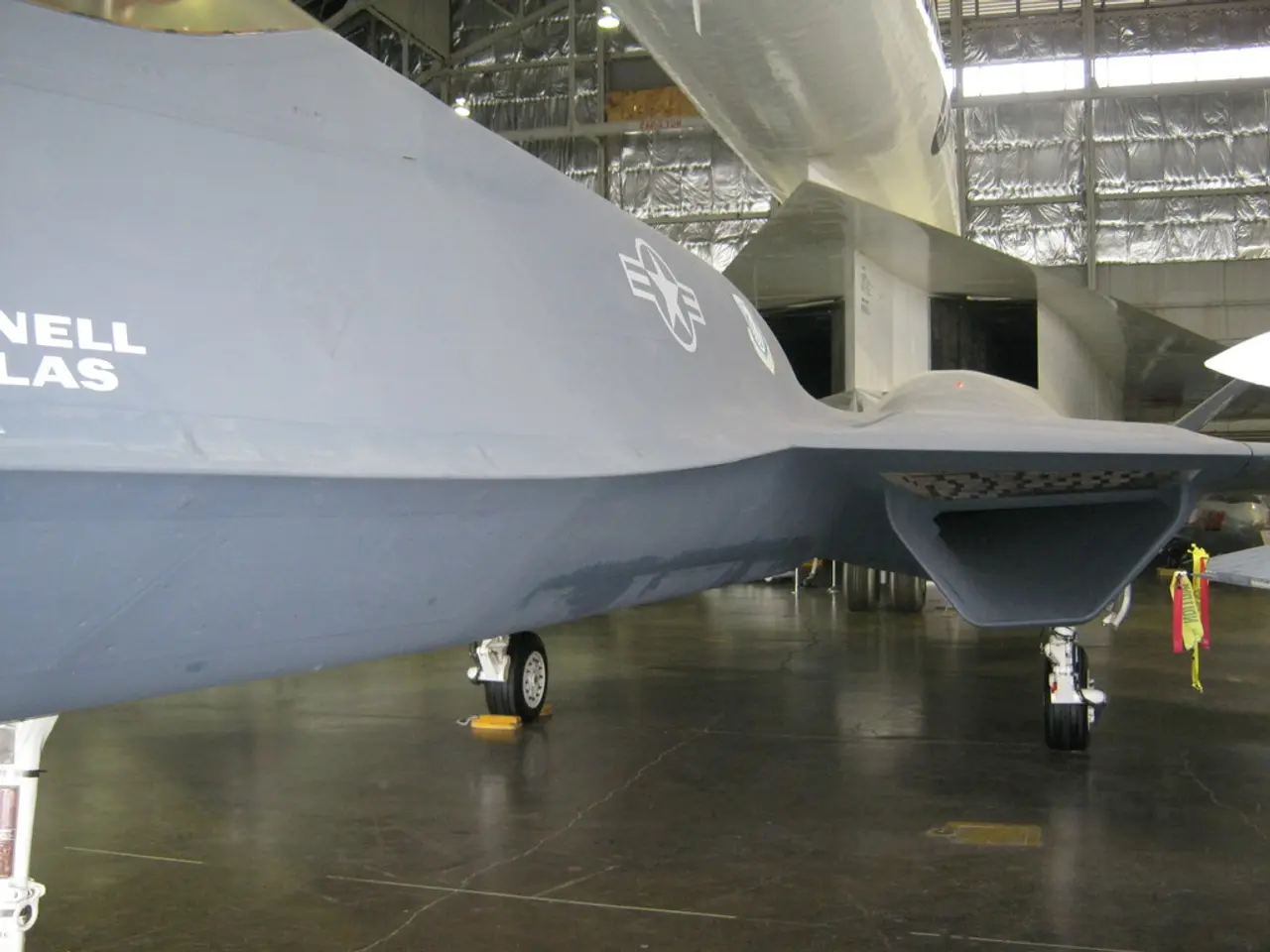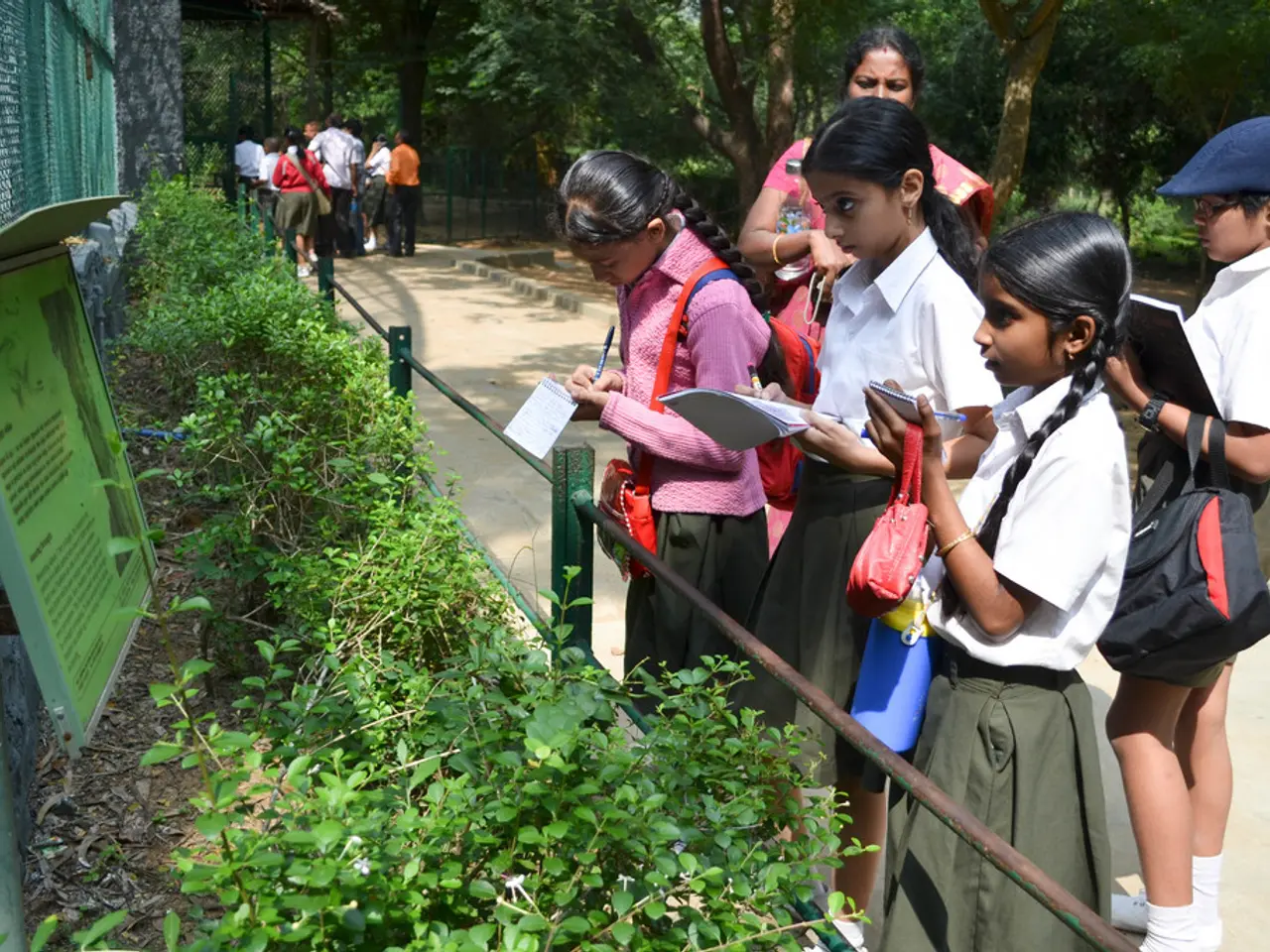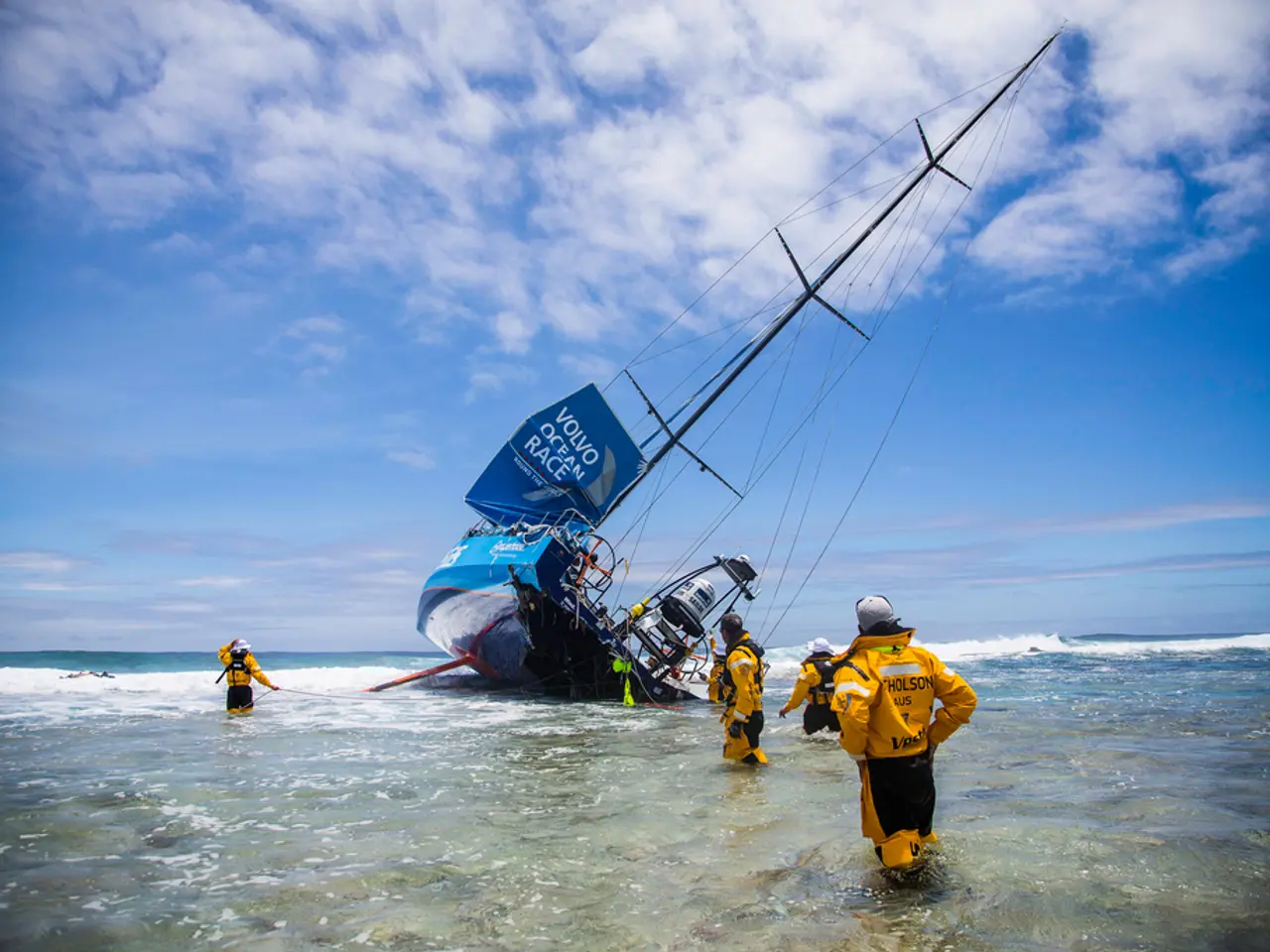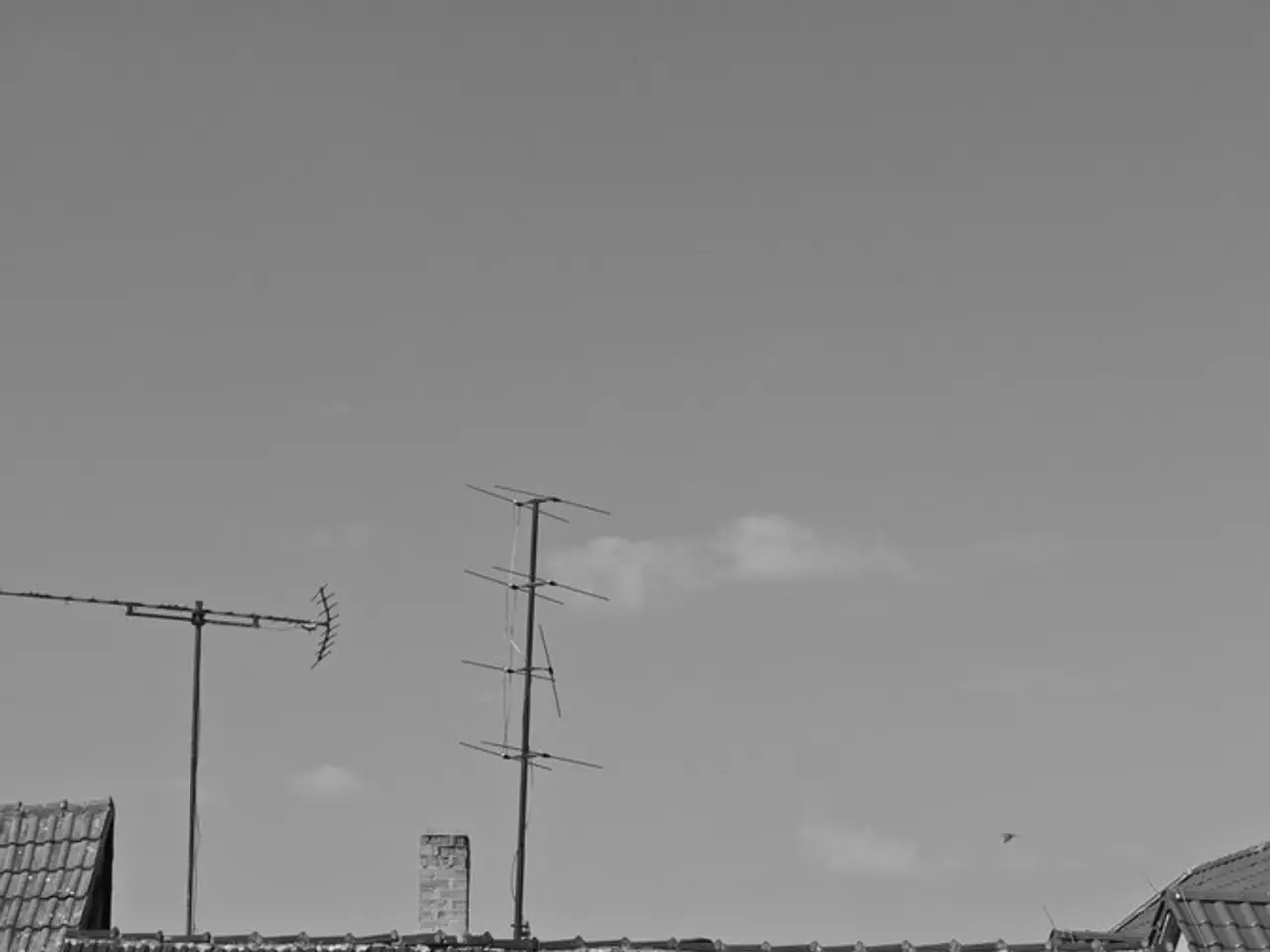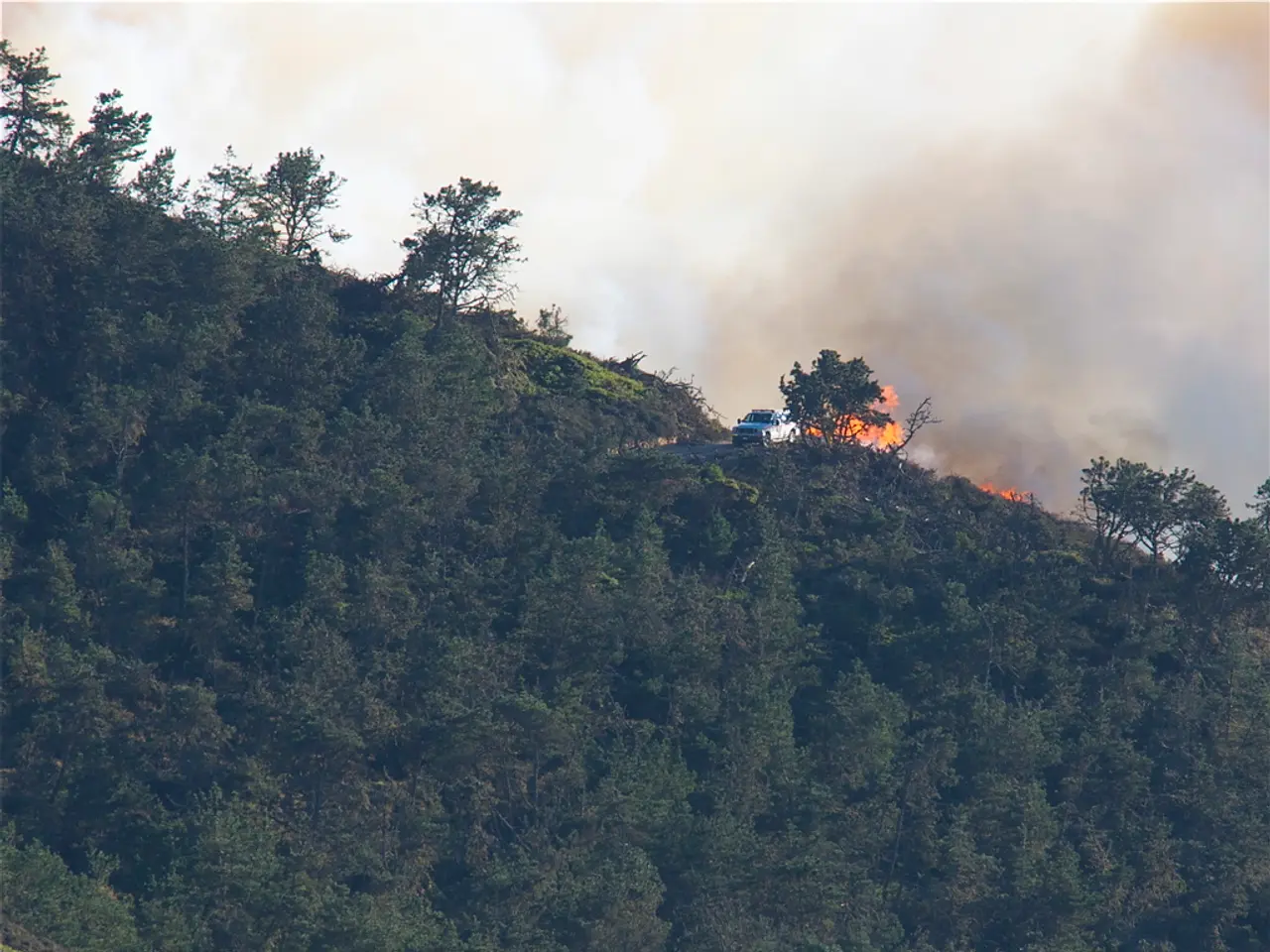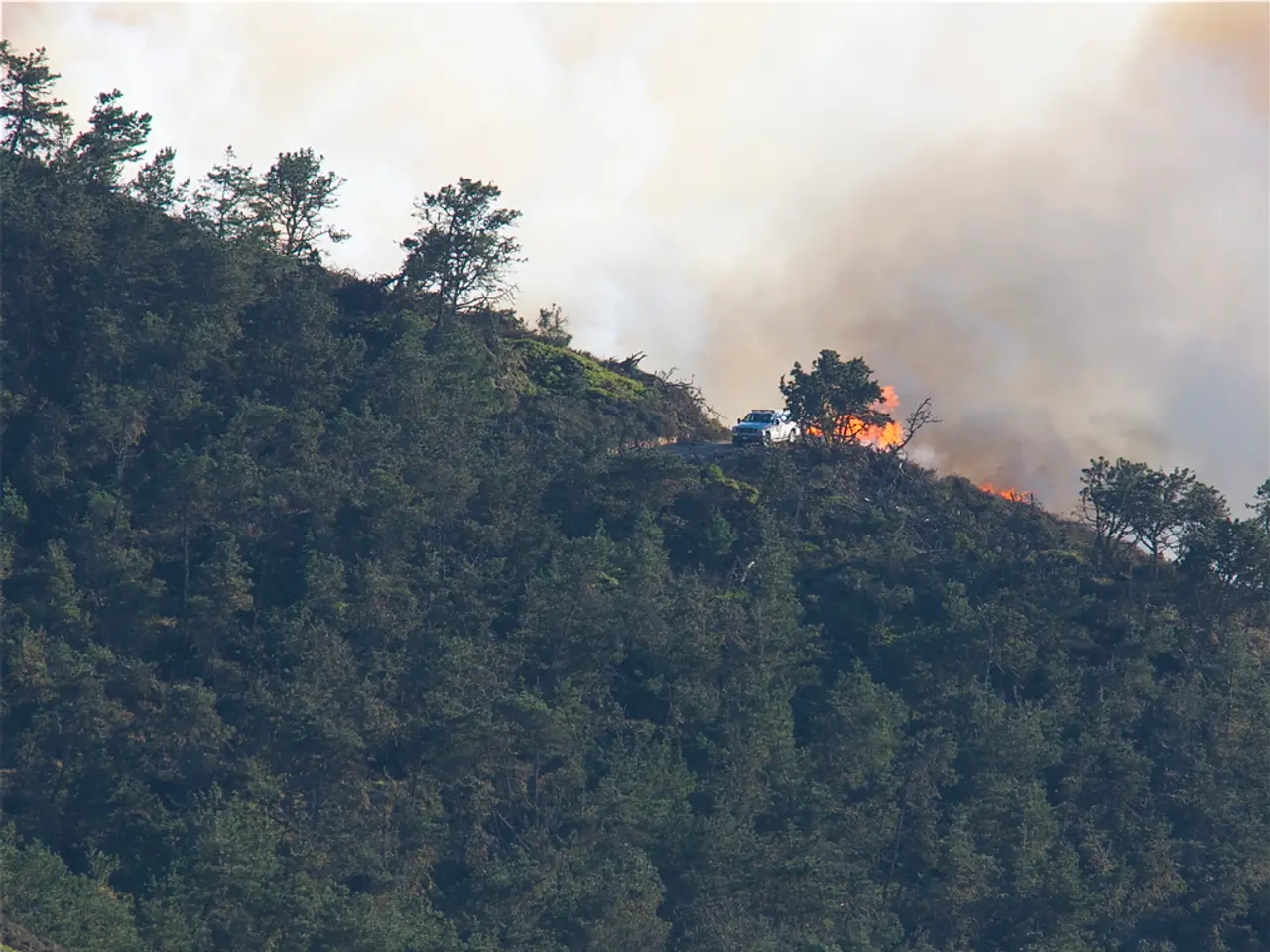Aircraft journey to Newark to evaluate current state of recovery from past challenges at the airport
Newark Liberty International Airport (EWR) has witnessed a significant enhancement in on-time performance, thanks to the completion of major runway construction and better functioning air traffic control equipment. However, the airport remains under strict flight caps due to ongoing infrastructure upgrades, persistent staffing shortages, and safety-related operational limits.
The completion of the runway construction has contributed to the improvement in on-time performance, as reported by aviation analytics company Cirium, which declared Newark as the most reliable airport in the New York City area in June. United Airlines, which operates nearly two out of every three flights at the Newark airport, has also benefited from these improvements.
Despite these advancements, Newark Airport continues to face challenges. The Federal Aviation Administration (FAA) has imposed flight caps to manage congestion and reduce delays. From June 16 through October 25, 2025, arrivals and departures are limited to 34 per hour. During weekends and major holiday periods, such as Labor Day, Thanksgiving, and Christmas, these limits are even stricter, with only 28 flights per hour permitted.
One of the primary reasons for these ongoing constraints is the extensive infrastructure upgrades the airport is undergoing. The replacement of outdated radar and air traffic control systems is a significant part of these upgrades. Although the runway repair finished early, the new surface is currently restricted to departures only until navigational aids are fully verified for arrivals.
Chronic staffing shortages at the Philadelphia air traffic control center, which now oversees Newark, have also contributed to delays. The FAA is actively recruiting and offering incentives such as retention bonuses to encourage controllers to delay retirement.
The airport’s aging radar and communications infrastructure have been highlighted as major contributors to inefficiencies and outages. The FAA is modernizing systems, including replacing copper cables with fiber-optic lines, but these upgrades are still underway.
Operational bottlenecks remain an issue, despite both runways being available. The need for safety checks and ongoing infrastructure work means that normal operations are still constrained. Technology and capacity constraints also persist, as the FAA replaces outdated systems and installs new simulation tools to improve training and operational readiness.
Weather remains the biggest cause of air travel delays, as demonstrated by Rachel Joyce's experience when afternoon thunderstorms caused a six-hour delay and diversion of her return flight from Newark to Richmond, Virginia.
Despite these challenges, frequent travellers like Rachel Joyce have taken a risk and flown through Newark, citing improved statistics compared to other New York airports. However, issues such as crew delays and weather can still cause disruptions at Newark Airport, as experienced by T.J. Ceballos, a frequent flyer who encountered delays up to six hours, and Mark Willis, a traveler from Freehold, NJ, who canceled a trip due to frequent flight changes and delays.
In conclusion, while Newark Liberty International Airport has made strides in improving its on-time performance, ongoing infrastructure upgrades, staffing shortages, and safety-related operational limits continue to pose challenges. The FAA's flight caps aim to reduce delays and improve overall reliability as modernization efforts continue.
The weather remains a significant factor contributing to air travel delays at Newark Liberty International Airport, as evidenced by Rachel Joyce's experience of a six-hour delay and diversion due to afternoon thunderstorms.
However, the ongoing challenges at the airport, such as crew delays and the impact of weather, have not deterred frequent travelers like Rachel Joyce, who continue to fly through Newark, citing improved statistics compared to other New York airports.
